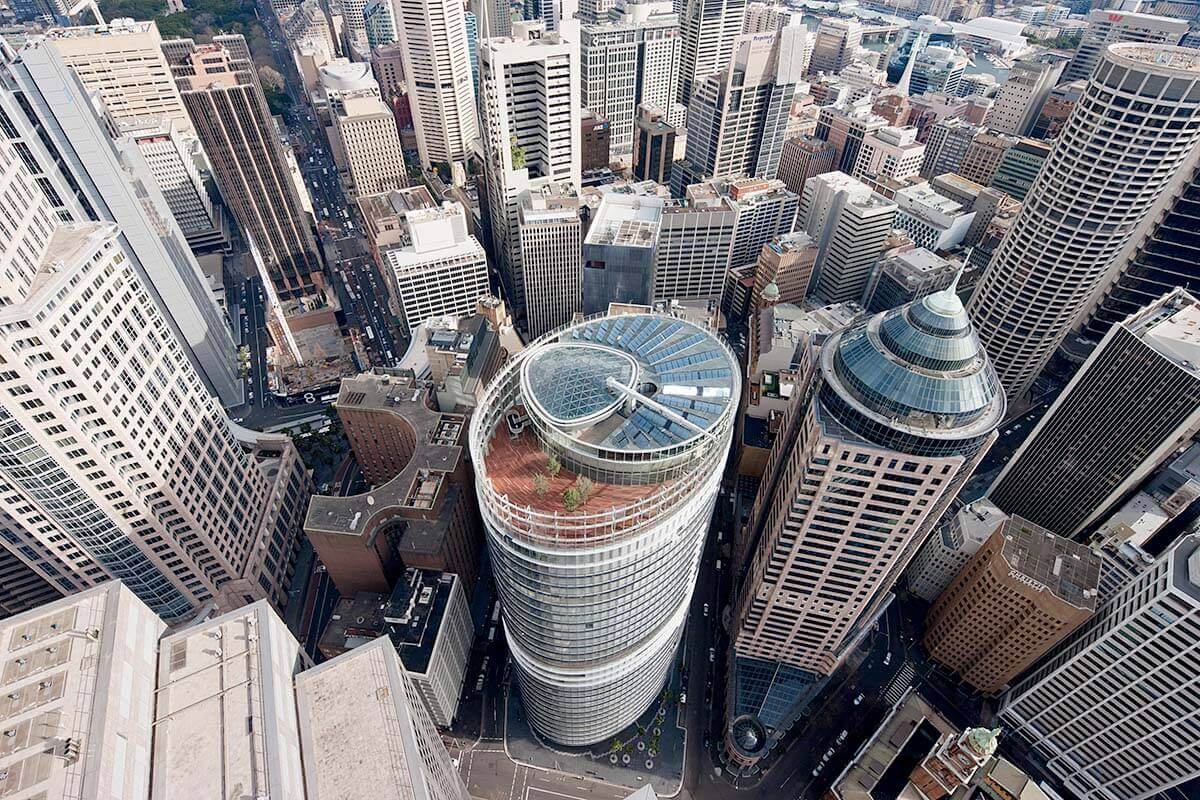In Australia, 85% of all built environment emissions will be from embodied carbon by 2050. The Government Architect NSW advocates for the design of considered, sustainable architecture that is actively working towards net zero emissions.
The new State Environmental Planning Policy (Sustainable Buildings) 2022 (the SB SEPP) is a nationally leading policy that establishes foundational provisions to help the state reach its net zero goals.
The Government Architect NSW has developed and refined provisions for the improved performance of non-residential developments like offices, schools, libraries and hospitals. It collaborated with the National Australian Built Environment Rating System (NABERS) and the Building Sustainability Index (BASIX) to develop and launch the policy on 1 October 2023.
The focus was on creating a new and consistent framework for non-residential buildings to report on their sustainability achievements. Design and construction professionals in NSW are already driving sustainable outcomes and have aimed to align with this best practice in the policy. There are 5 key provisions to consider over a project’s life cycle, scaled to suit different development types, values and land uses.
Reporting on sustainability performance
Under the policy, all non-residential development impacted by the SB SEPP must report on general sustainability and embodied emissions in construction materials. There are no embodied emissions targets at this stage, with the current focus on disclosure and reporting to support data capture. The Government Architect will be seeking to establish targets when the policy is reviewed in 2025.
‘We can most effectively achieve net zero by thinking about sustainability at all stages of a project life cycle. We encourage architects, developers and their project teams to begin working towards net zero now, to get ready for the future’.
Abbie Galvin, NSW Government Architect
The energy and water standards for large commercial development have been developed to align with the National Construction Code. A key change is that these developments must demonstrate compliance with the standards 24 months after occupation to help close the gap between designed and as-built systems. Offsets have also been introduced to cover any energy performance gap or onsite fossil fuel use and help to drive the decarbonisation of the NSW energy grid.
New net zero provisions also require large commercial and certain state significant developments to demonstrate that they can operate without fossil fuel or that there is adequate space and infrastructure to operate fossil-fuel free by 2035.
The Government Architect NSW will continue to research, collaborate and advocate on improved sustainable performance in buildings across NSW. It will be seeking industry feedback on the next steps in preparation for a policy review in 2025.
You can find out more at Sustainable Buildings SEPP and watch our recent webinars.
